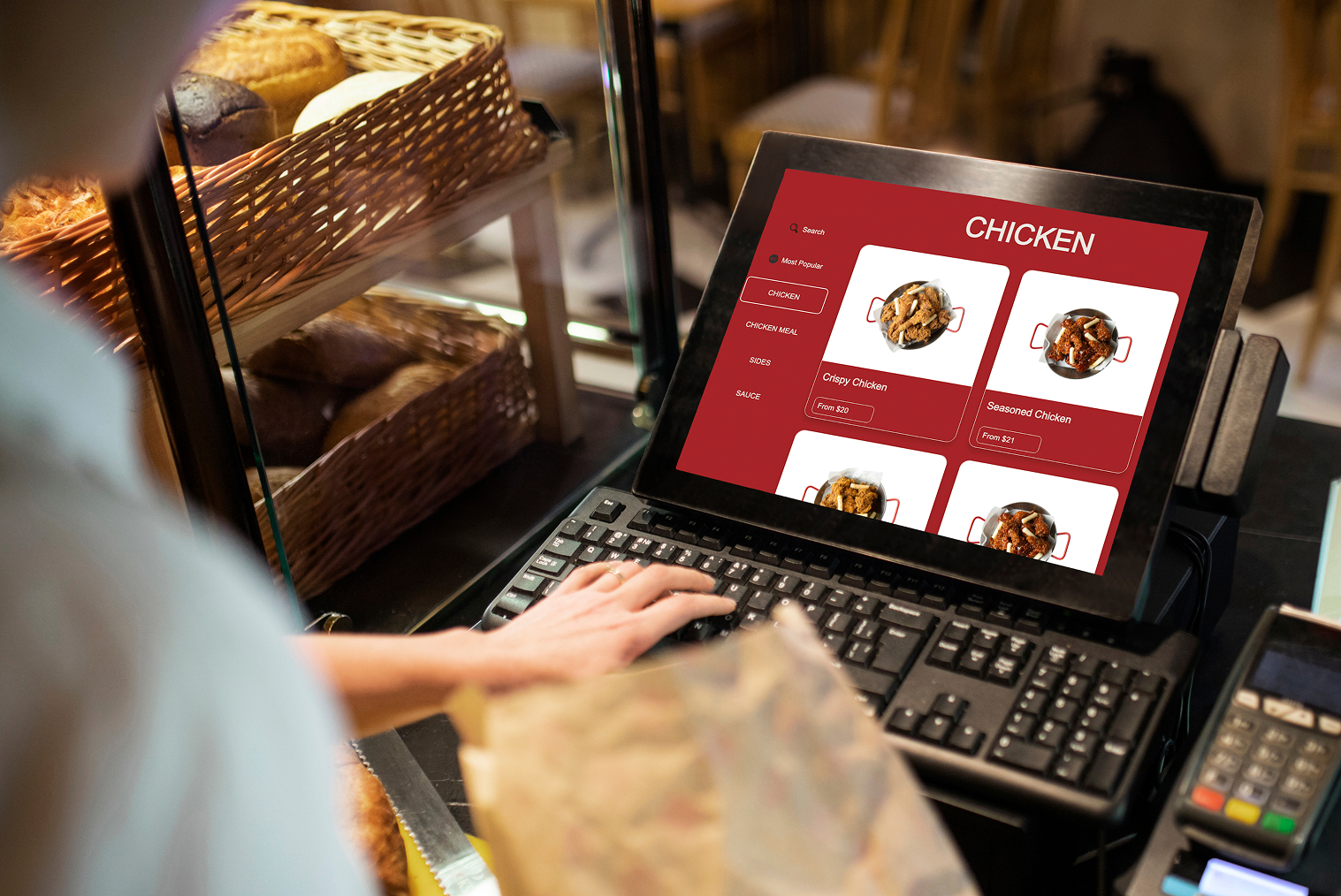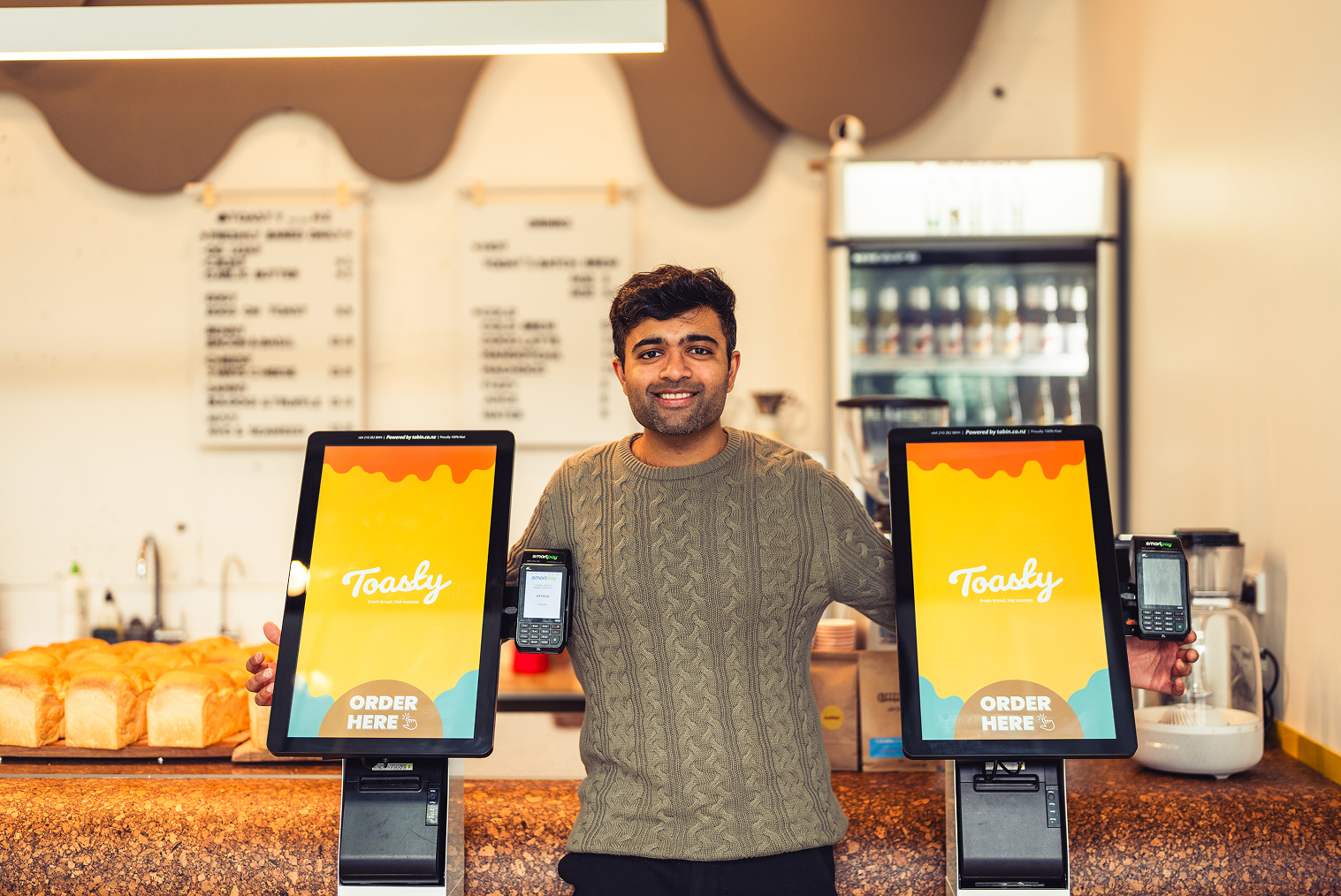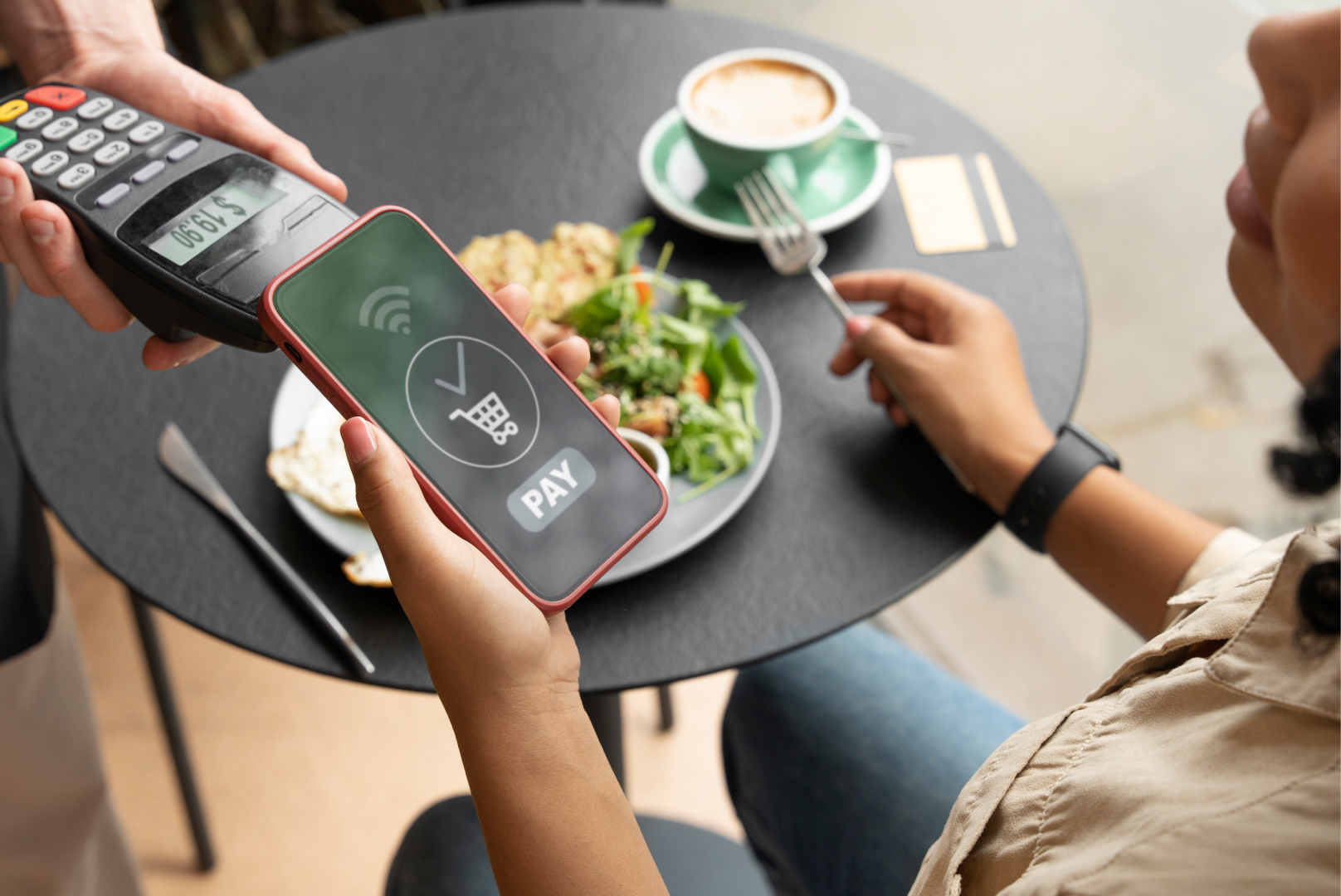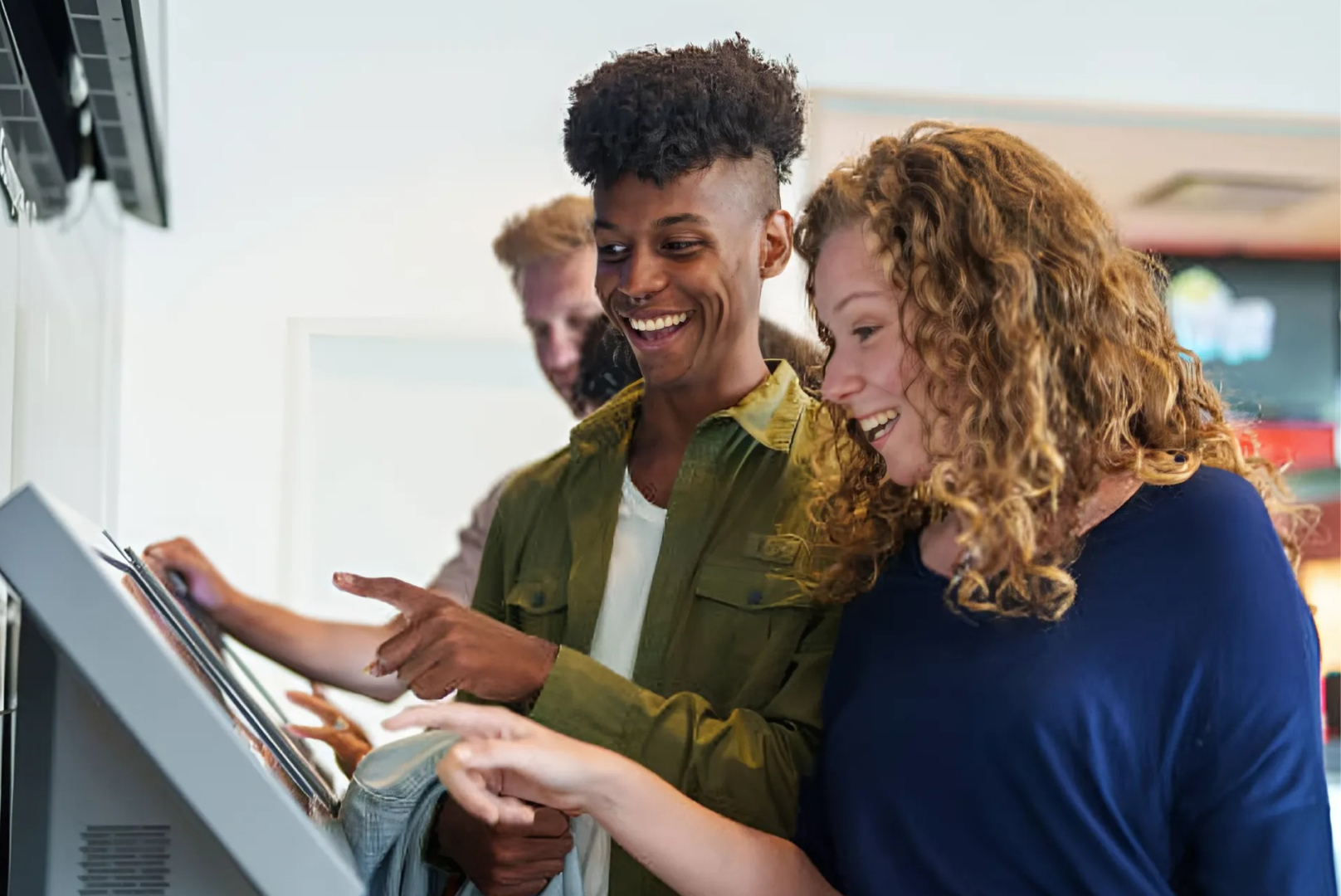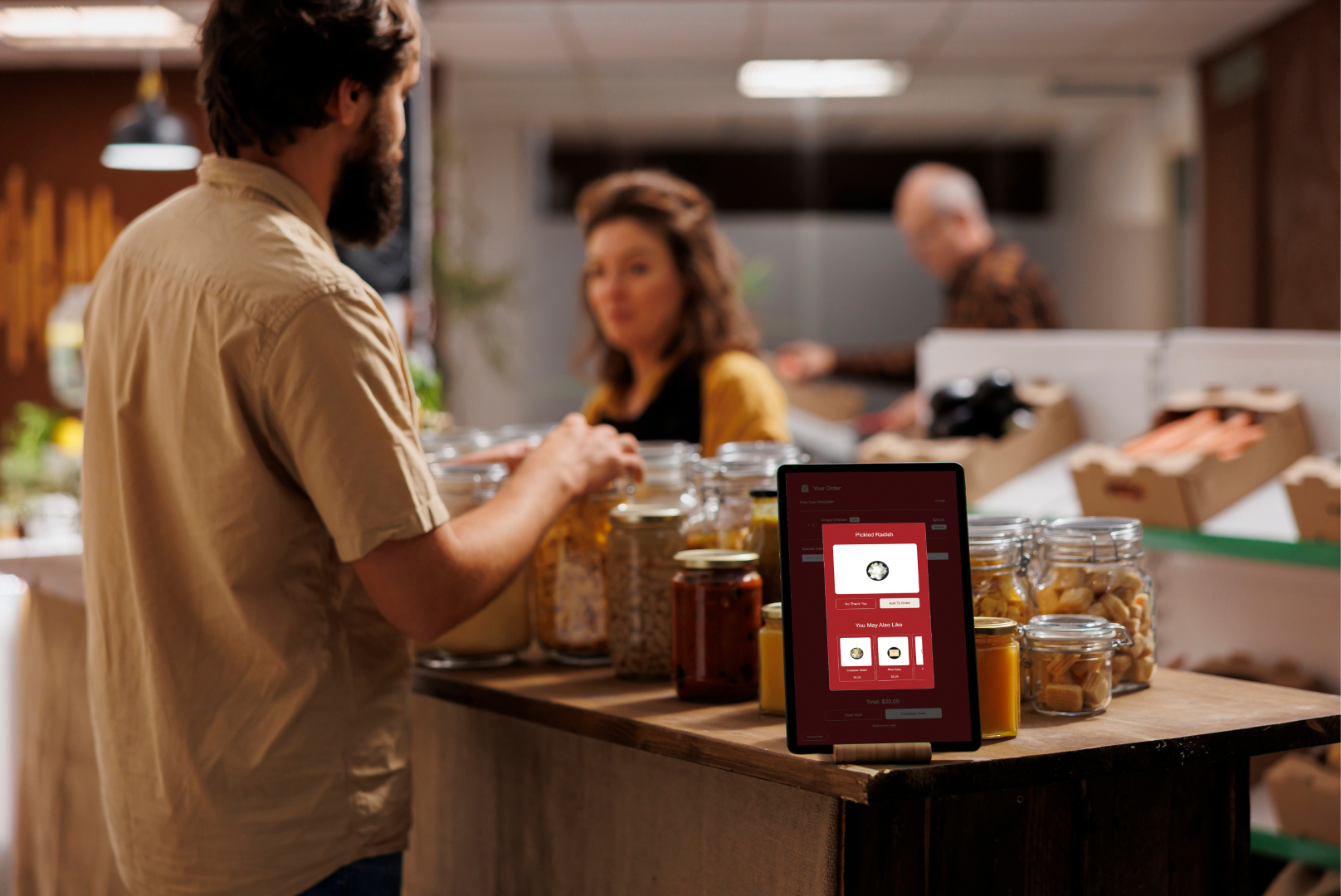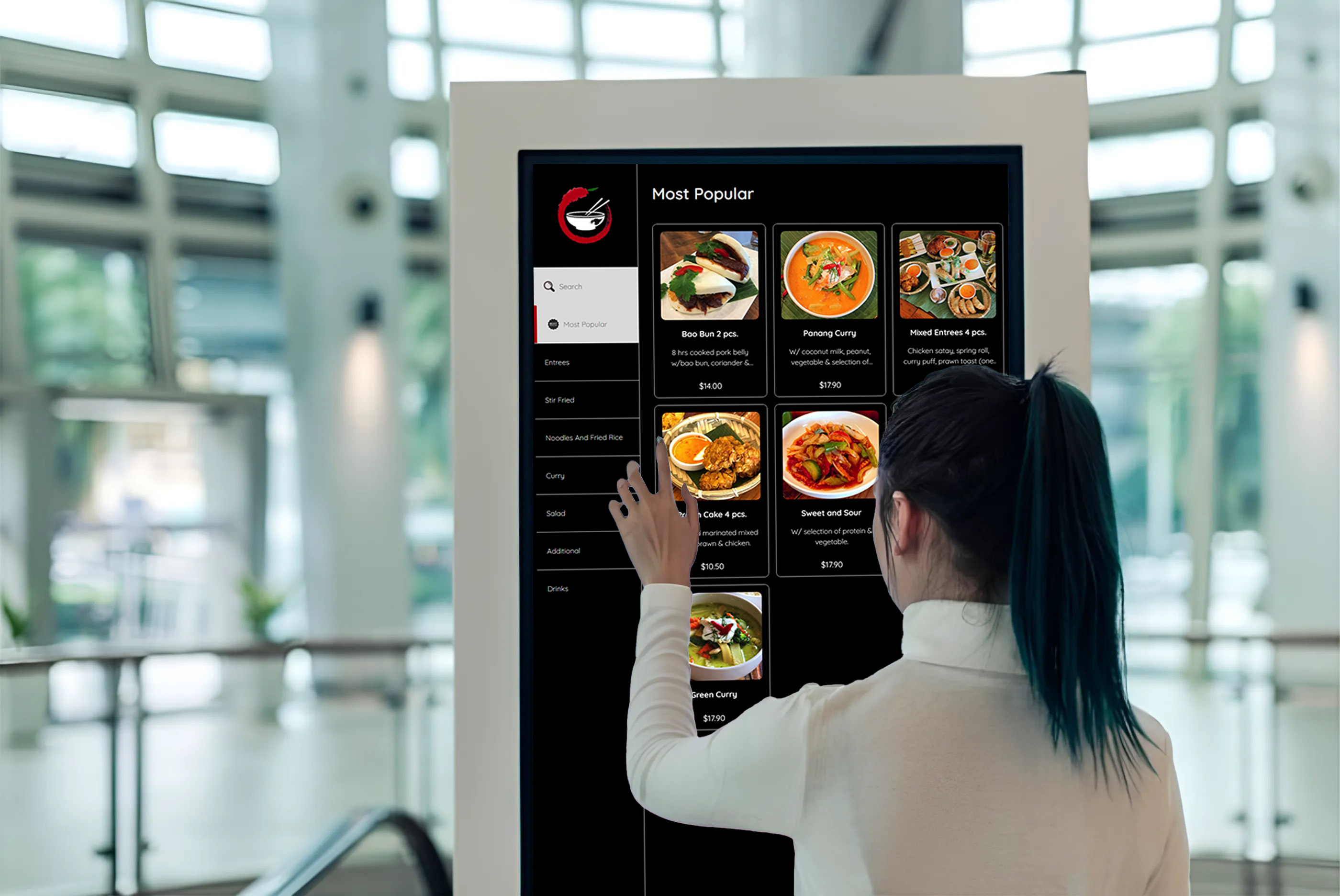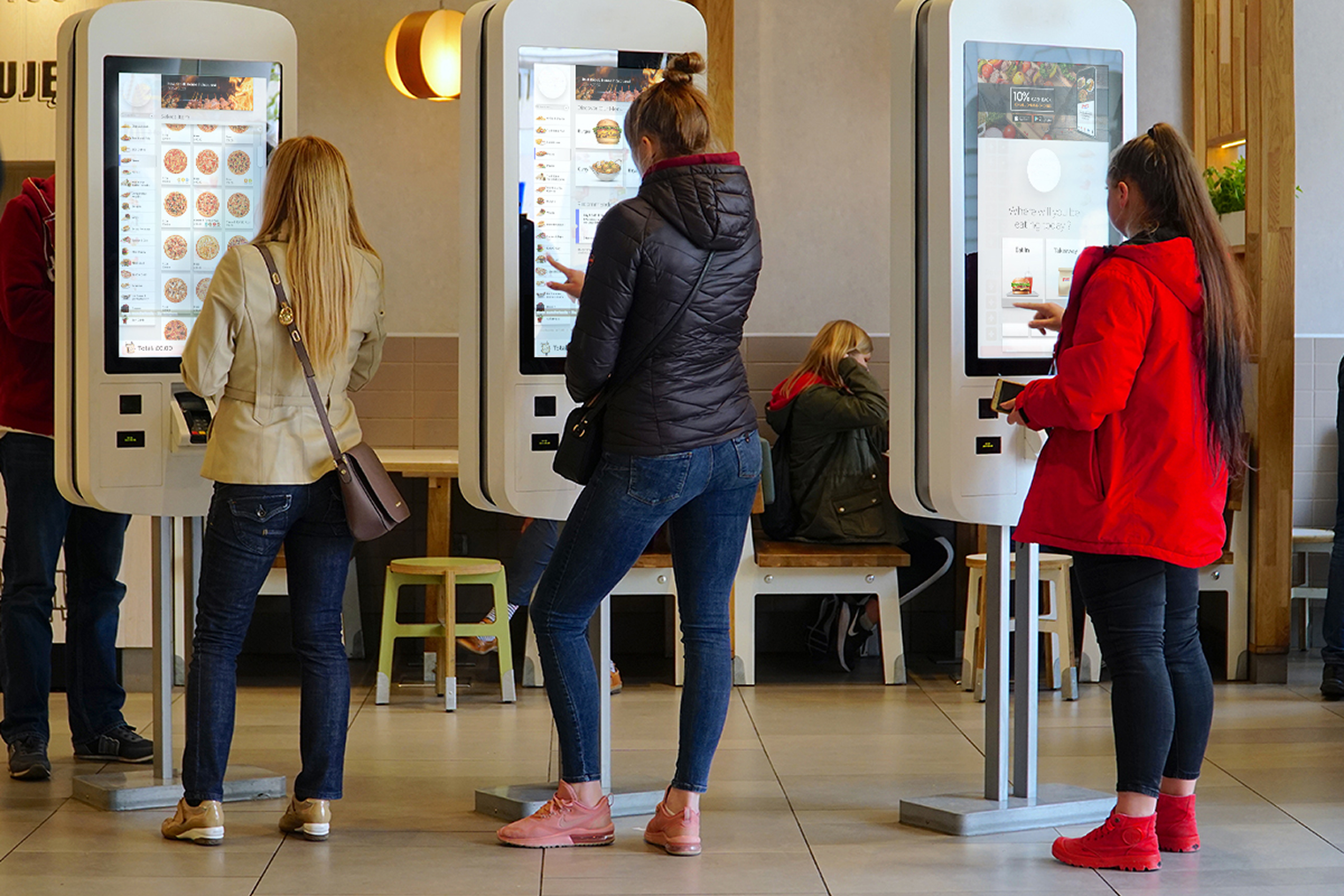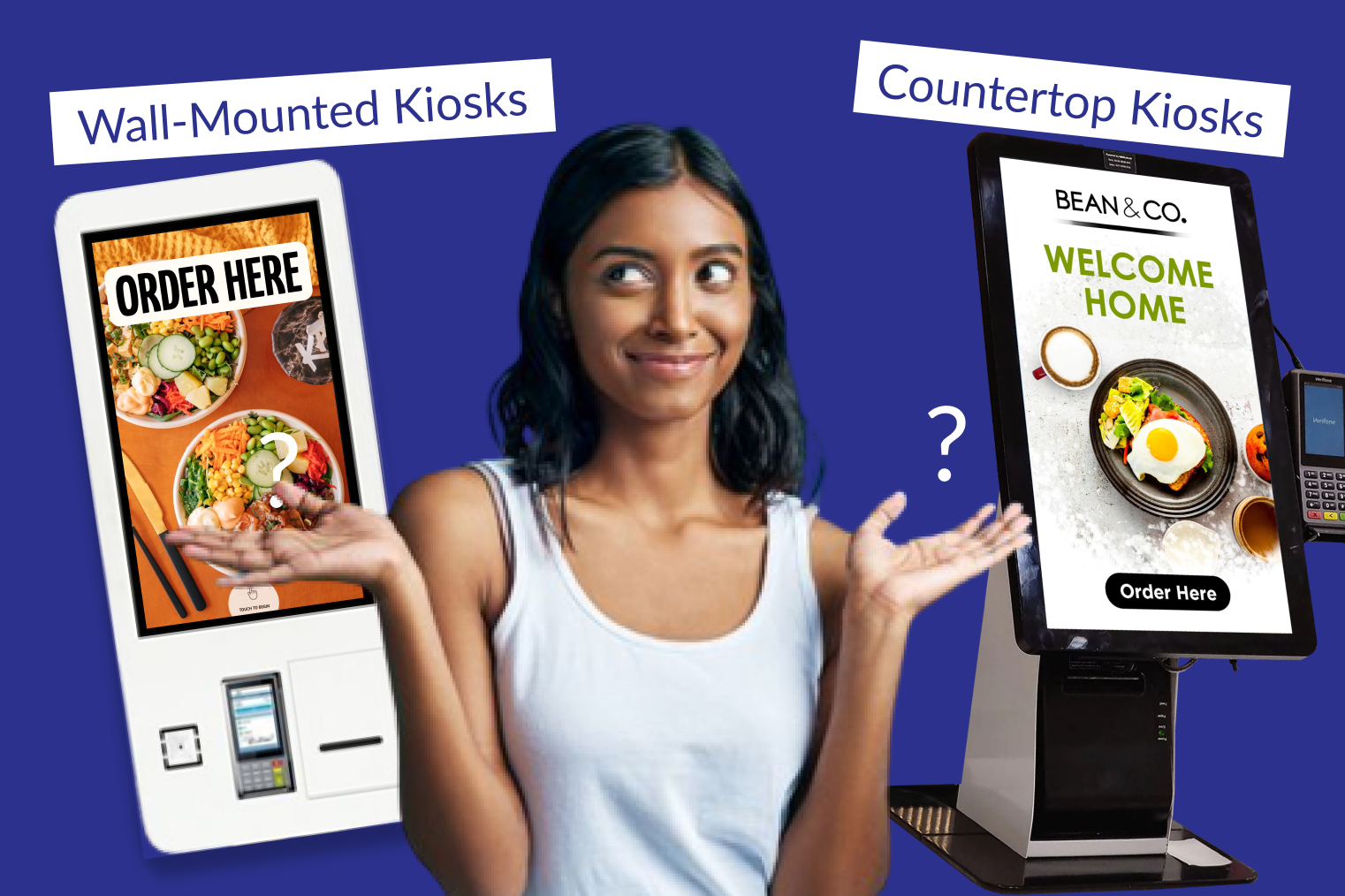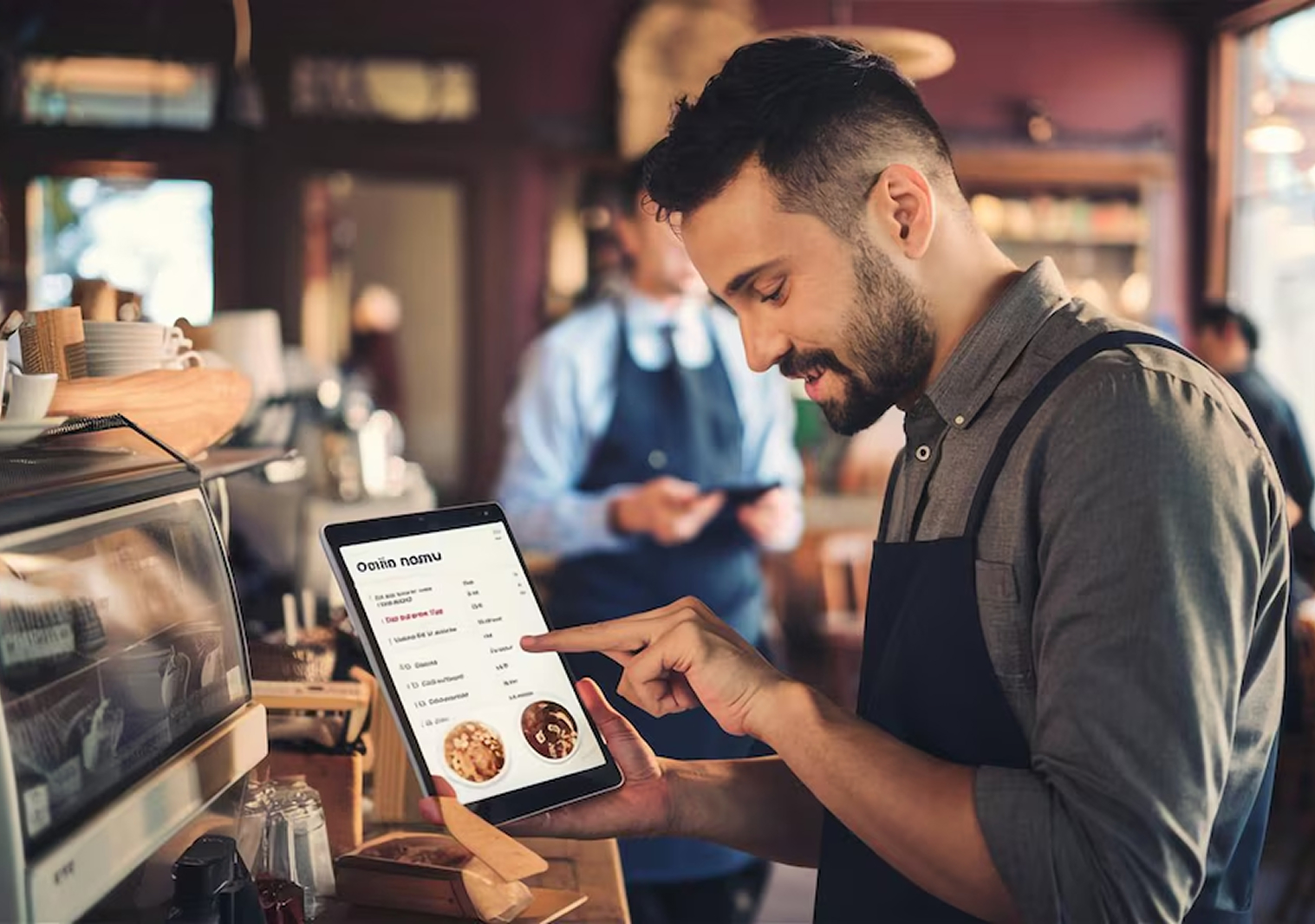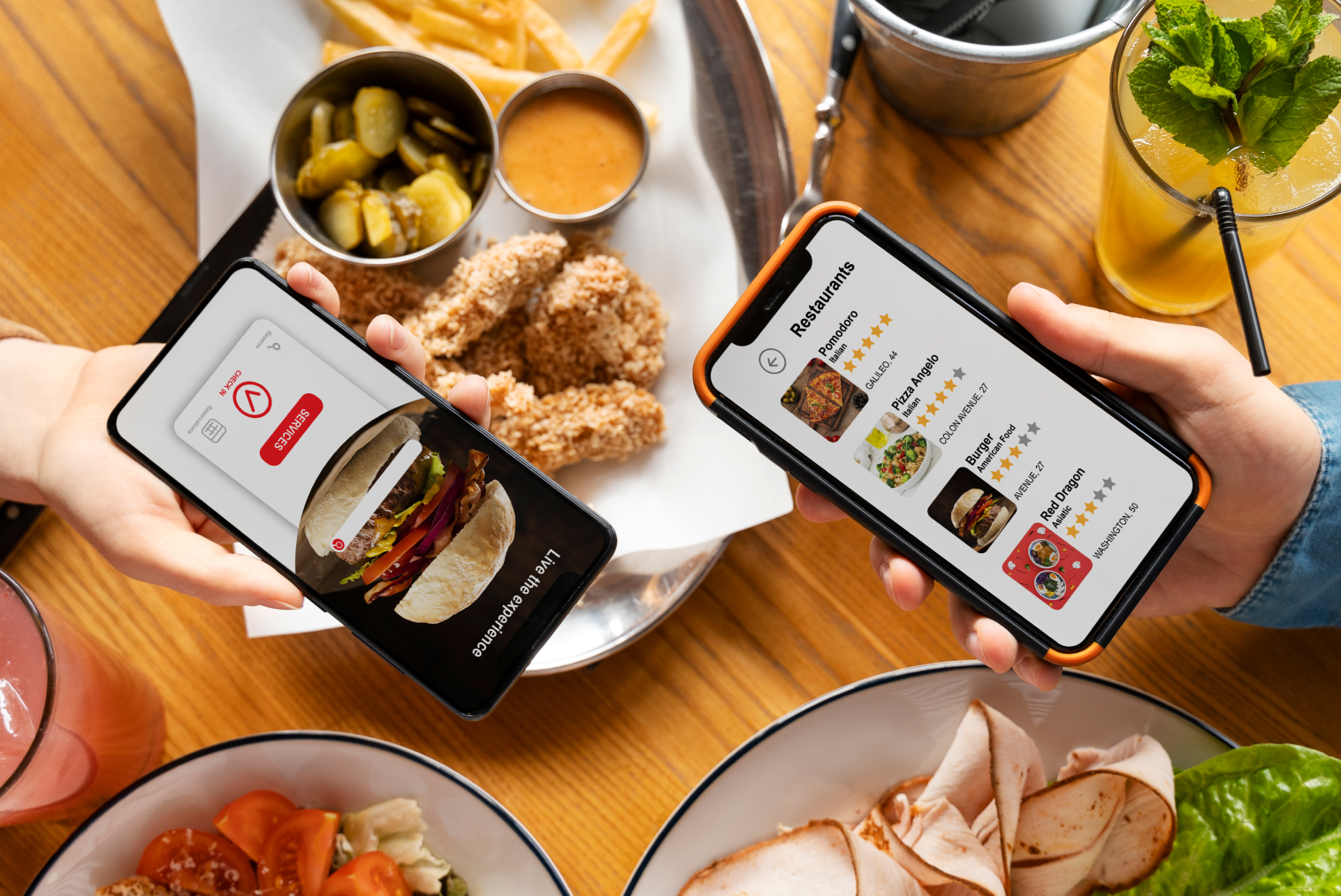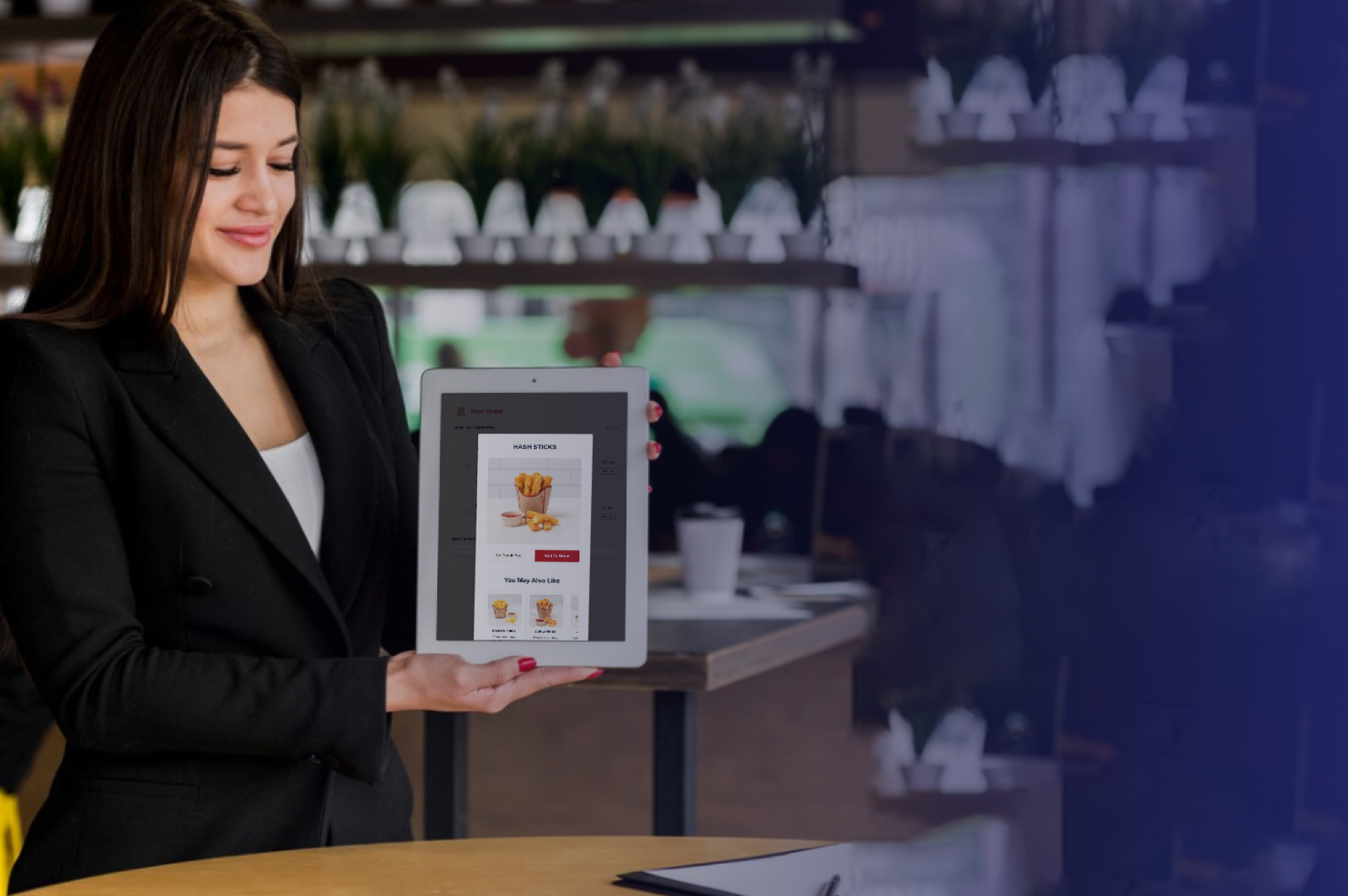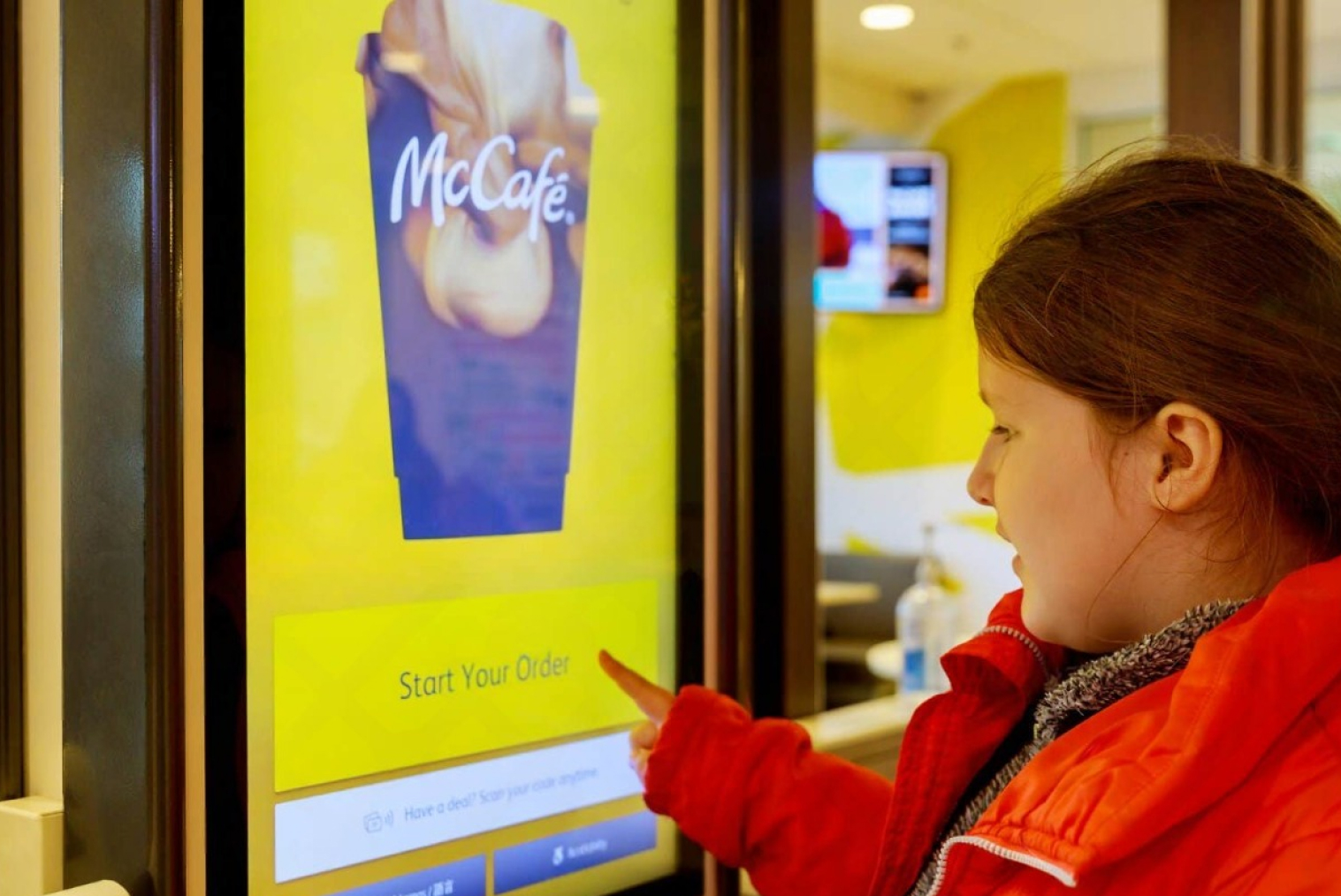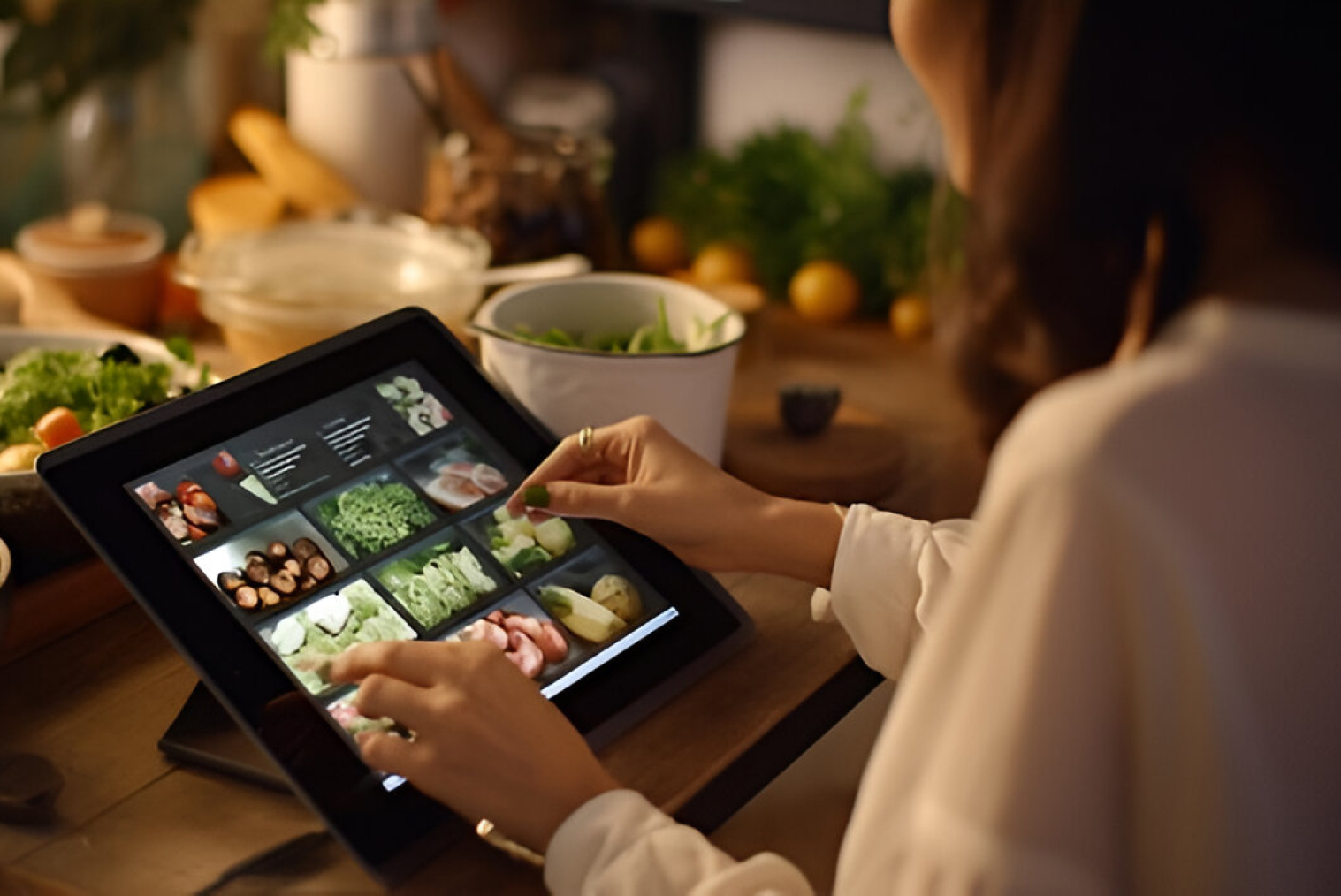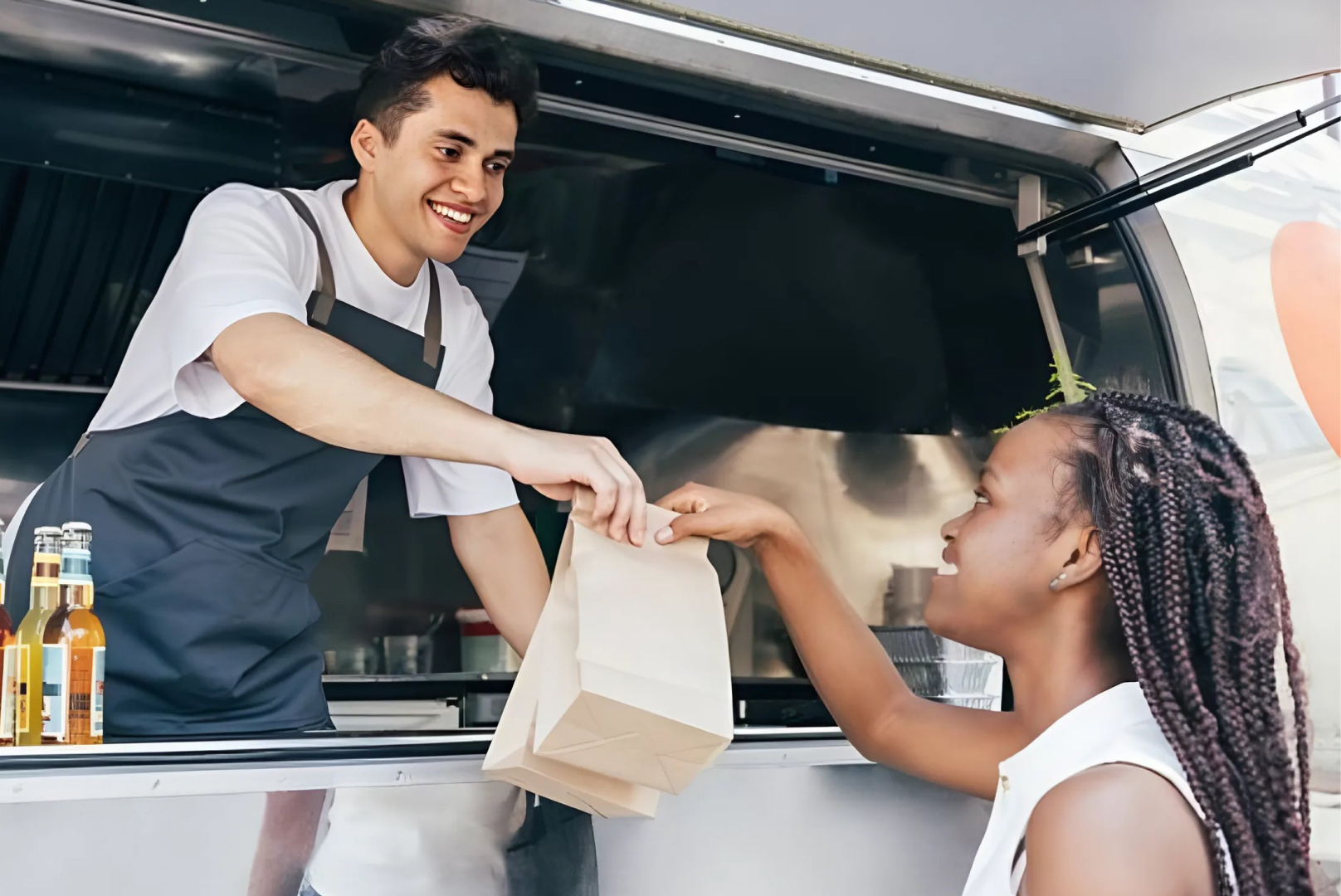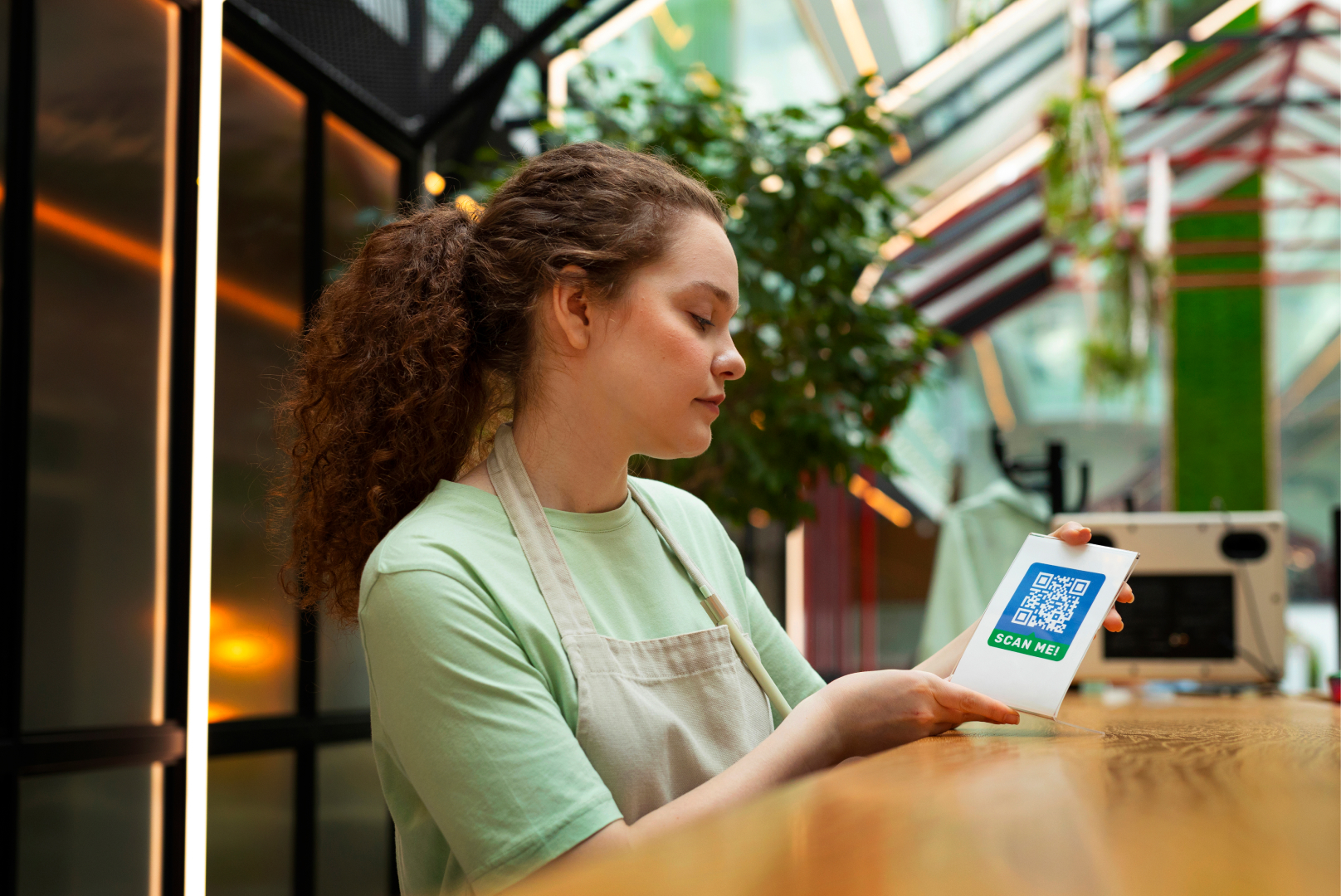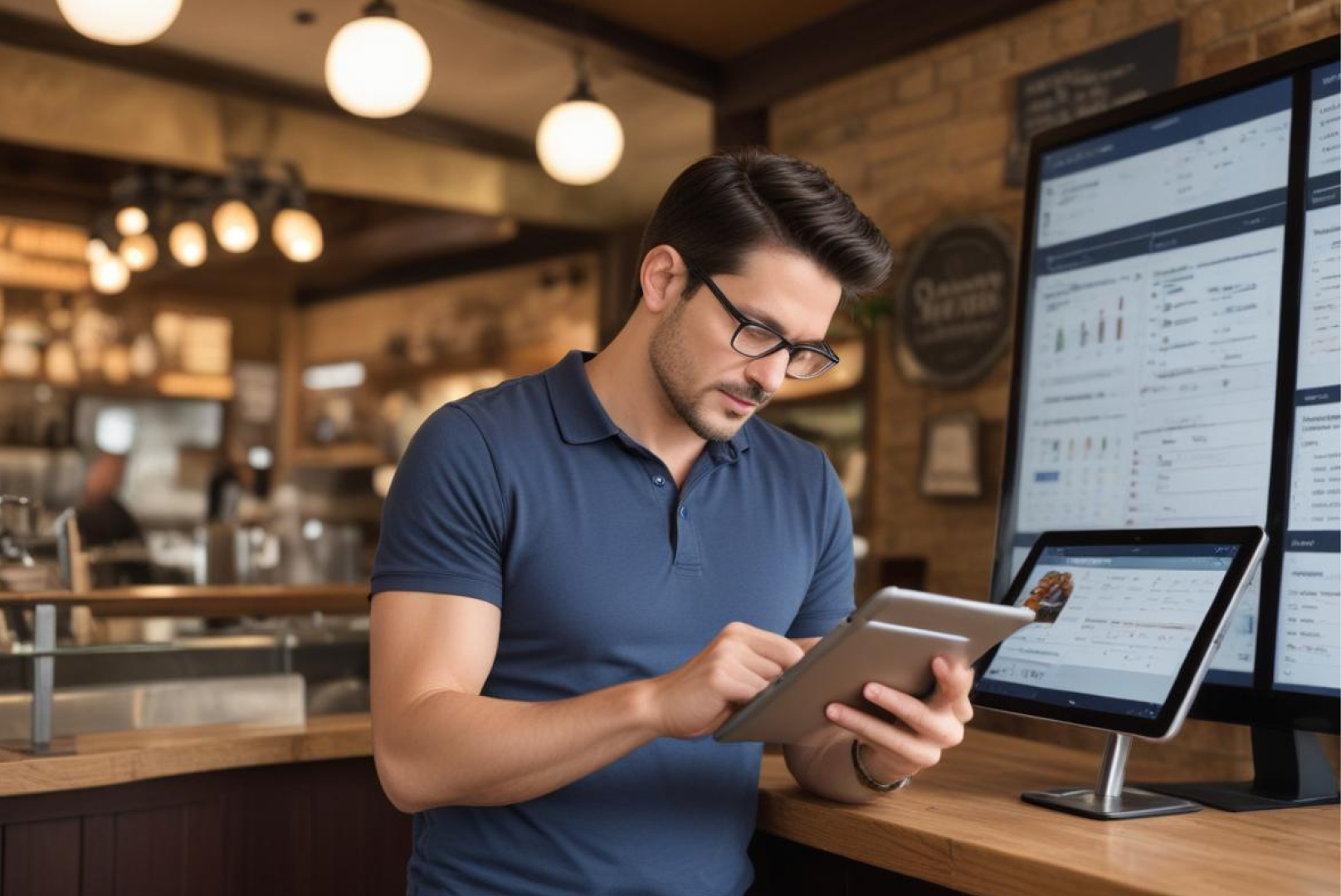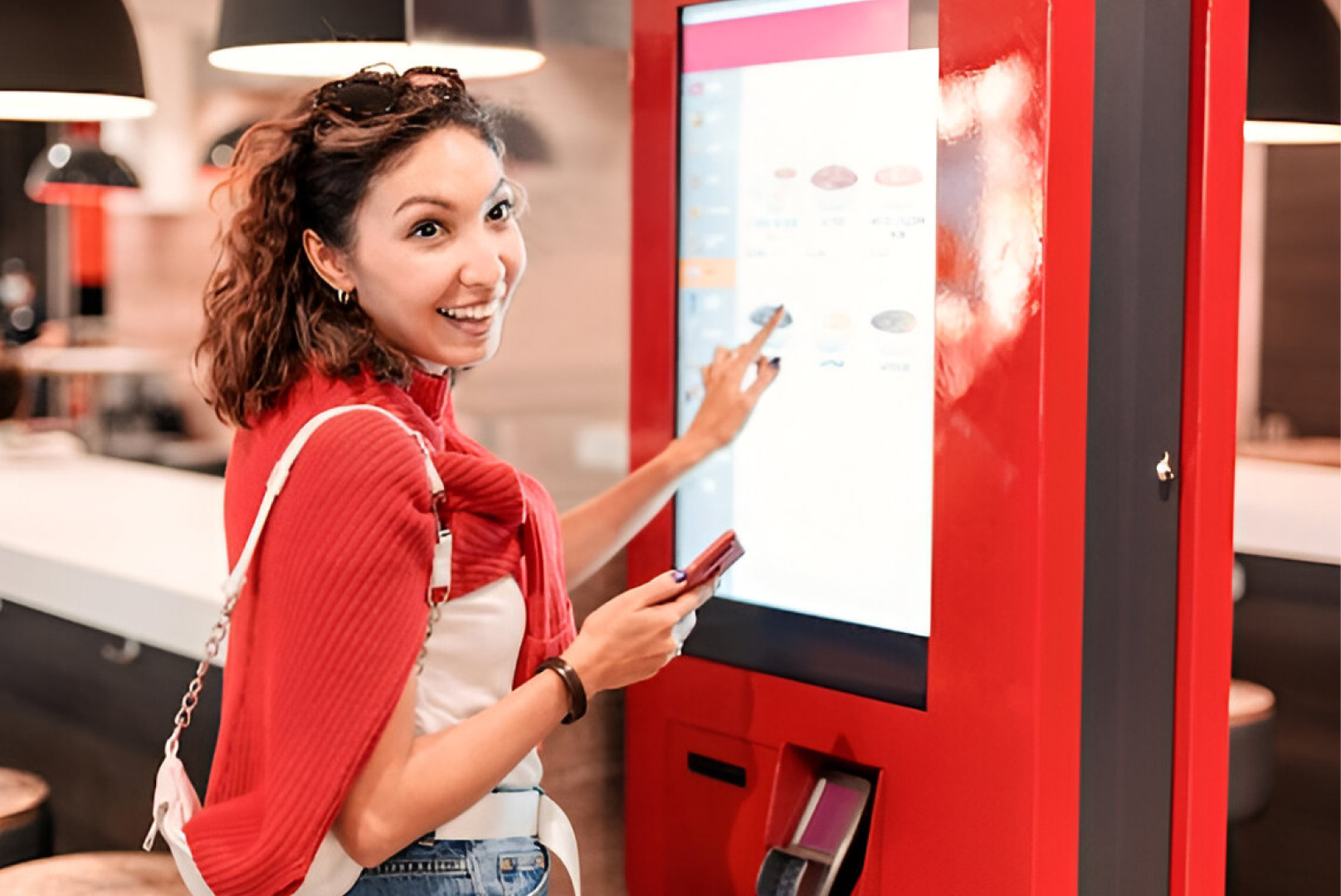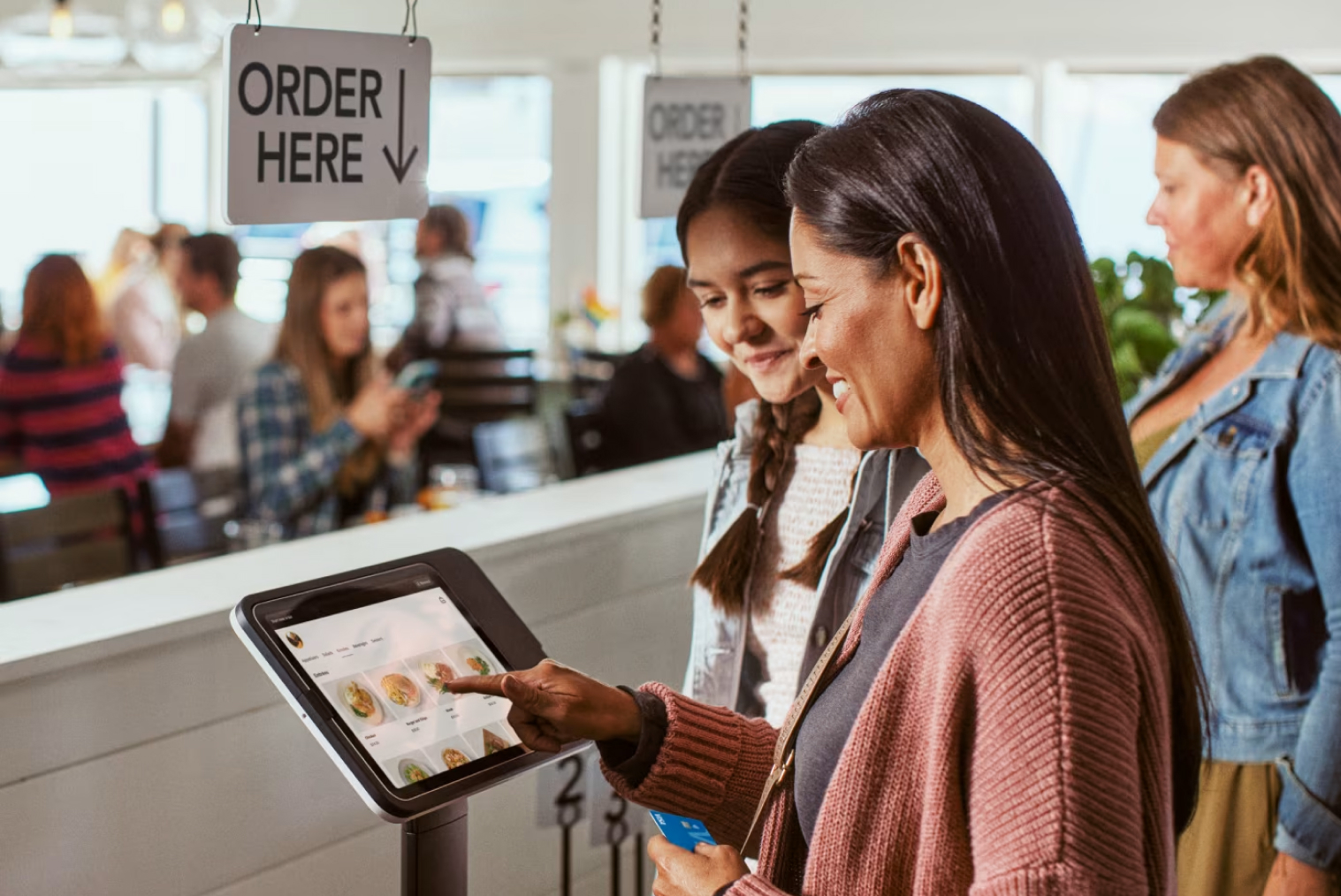The restaurant world is moving faster than ever. Technology isn’t just nice to have anymore, it’s the backbone of how restaurants run. One of the most critical tools any restaurant needs to learn about is the POS system. But what exactly is POS, what does a POS system do, and why is it making restaurants today a game-changer? This blog will dissect all there is to know about POS systems, their functions, advantages, and how they're transforming the world of dining experiences.
What Is POS?
POS stands for Point of Sale, which simply refers to where transactions occur. Previously, this would have been a cash register, but today's POS systems are much more sophisticated. Current POS systems are a blend of hardware and software used to process payments, handle sales, and monitor customer and inventory information.
Advanced POS systems for restaurants are to do more than just charge, these systems integrate with restaurant kiosk solutions, handle orders effortlessly, and optimise the customer experience.
What Does a POS System Do?
An innovative POS system is your restaurant operation's central nervous system.
Key Functions Include:
Order Management: It takes in an order, sends it straight to the kitchen, and makes sure nothing gets lost along the way.
Payment Processing: Handling cash, cards, mobile wallets, and even contactless payments.
Inventory Tracking: Real-time monitoring of stock to minimise waste.
Data Analytics: Providing insights into business performance, sales trends, and customer preferences.
With self-service kiosk technology, POS systems can also directly connect to customer-facing kiosks, making the ordering process smooth and efficient.
What Does a POS System Include?
Think of your POS as more than just software, it’s the full toolkit that keeps your restaurant running smoothly, from the tablet you use to take an order to the cloud keeping everything in sync.
Typical Components
POS Software: The brain of the system, handling transactions, reporting, and integrations.
Hardware Devices: Tablets, touchscreens, barcode scanners, receipt printers, and card readers.
Cloud Connectivity: Ensures real-time updates and remote access for managers.
Mobile POS for Food Trucks: Expands POS usability beyond brick-and-mortar restaurants, allowing businesses like food trucks and pop-ups to offer fast, reliable service anywhere.
What Are the Different POS Systems?
And here’s another big win: not every restaurant requires the same configuration. The kind of POS you select is based on your business model and objectives.
Types of POS Systems:
Traditional On-Site POS: Equipment installed onsite; ideal for large restaurants.
Cloud-Based POS: Scalable, remotely accessible solutions ideal for expanding restaurants.
Mobile POS: Perfect for cafes, small outlets, and food stalls.
Self-Service Kiosk POS: Customer self-service kiosks that optimise orders and integrate directly into your POS backend.
A modern POS even helps cut restaurant waste by tracking ingredients in real time so you’re not over-ordering stock or tossing out unused produce.
What Is a POS System Used For?
In essence, a POS system is employed to streamline operations and improve customer experience.
Restaurants utilise POS systems to:
Let’s break this down
- Minimise errors in orders.
- Accelerate transactions.
- Monitor sales and inventory in real-time.
- Improve customer loyalty through rewards and customised offers.
Evidence how POS drives customer retention through offering consistent, dependable service.
And here’s the best part: POS integration with your delivery apps talks directly to your system. That means no missed orders, no double entries, just smooth service.
Why POS Systems Are a Game-Changer for Restaurants
A great POS system is not technology alone, it's a strategic tool. With the combination of efficiency, analysis, and customer-centric tools, restaurants are able to save money, grow sales, and bring customers back.
From mobile POS for food trucks to sophisticated integrations with self-service kiosks, systems today are designed to handle the expectations of a competitive, digitally driven restaurant landscape.
Conclusion: Upgrade Your Restaurant With POS
It's no longer just a choice: it's a necessity to invest in the right POS system. So whether you’re running a cosy café or a busy multi-unit chain, the right POS system can be the difference between juggling chaos and delivering smooth, memorable dining experiences.
Frequently Asked Questions (FAQs)
Q1: What are the different types of POS transactions?
POS systems can handle multiple types of transactions, including cash payments, credit and debit card transactions, mobile wallet payments (like Apple Pay or Google Pay), contactless payments, and even gift card redemptions. Many modern POS systems also support split payments, making it easy for groups to share the bill.
Q2: What are the six functions of POS?
The six core functions of a POS system are:
- Order management – capturing and routing orders to the kitchen or bar.
- Payment processing – handling all forms of payments quickly and securely.
- Inventory tracking – monitoring stock in real time to reduce waste.
- Reporting and analytics – giving insights into sales, performance, and trends.
- Customer relationship management (CRM) – building loyalty through rewards and personalised offers.
- Employee management – tracking staff activity, shifts, and performance.
Q3: How many different POS systems are there?
While there are many variations, POS systems generally fall into four main categories:
- Traditional On-Site POS (hardware-heavy, installed locally).
- Cloud-Based POS (scalable, remotely accessible).
- Mobile POS (portable devices ideal for cafes, food trucks, or events).
- Self-Service Kiosk POS (customer-facing kiosks integrated with the backend).
Q4: What hidden costs should businesses consider when choosing a POS system?
Beyond upfront setup fees, businesses should consider hidden costs such as monthly software subscriptions, payment processing fees, hardware maintenance, integration costs, staff training, and potential upgrade expenses. Being aware of these helps avoid surprises down the road.
Q5: Can a POS system help reduce operating costs for a business?
Yes, absolutely. By automating order entry, reducing human errors, minimising inventory waste, and streamlining staff scheduling, POS systems save both time and money. They also boost efficiency, allowing businesses to do more with fewer resources.
